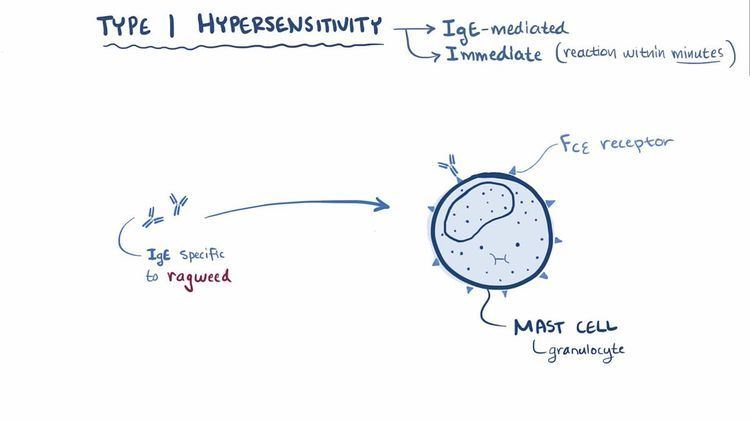Specialty Allergy and immunology ICD-9-CM 995.3 MeSH D006967 | ICD-10 T78.4 DiseasesDB 28827 | |
 | ||
Hypersensitivity (also called hypersensitivity reaction or intolerance) is a set of undesirable reactions produced by the normal immune system, including allergies and autoimmunity. They are usually referred to as an over- reaction of the immune system and these reactions may be damaging, uncomfortable, or occasionally fatal. Hypersensitivity reactions require a pre-sensitized (immune) state of the host.They are classified in four groups after the proposal of P. G. H. Gell and Robin Coombs in 1963.
Type V
This is an additional type that is sometimes (often in the UK) used as a distinction from Type 2.
Instead of binding to cell surfaces, the antibodies recognise and bind to the cell surface receptors, which either prevents the intended ligand binding with the receptor or mimics the effects of the ligand, thus impairing cell signaling.
Some clinical examples:
The use of Type 5 is rare. These conditions are more frequently classified as Type 2, though sometimes they are specifically segregated into their own subcategory of Type 2.
